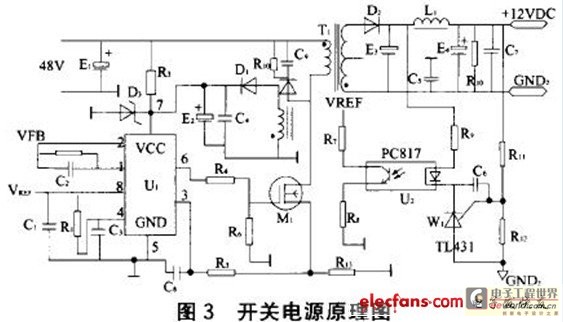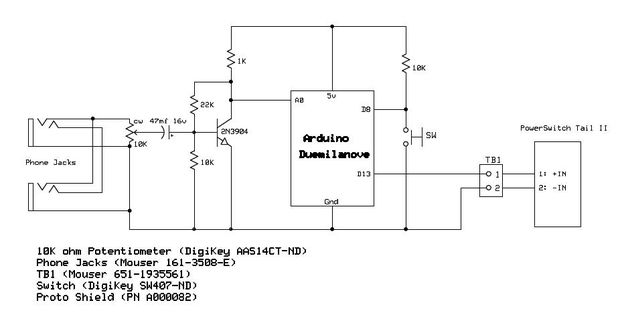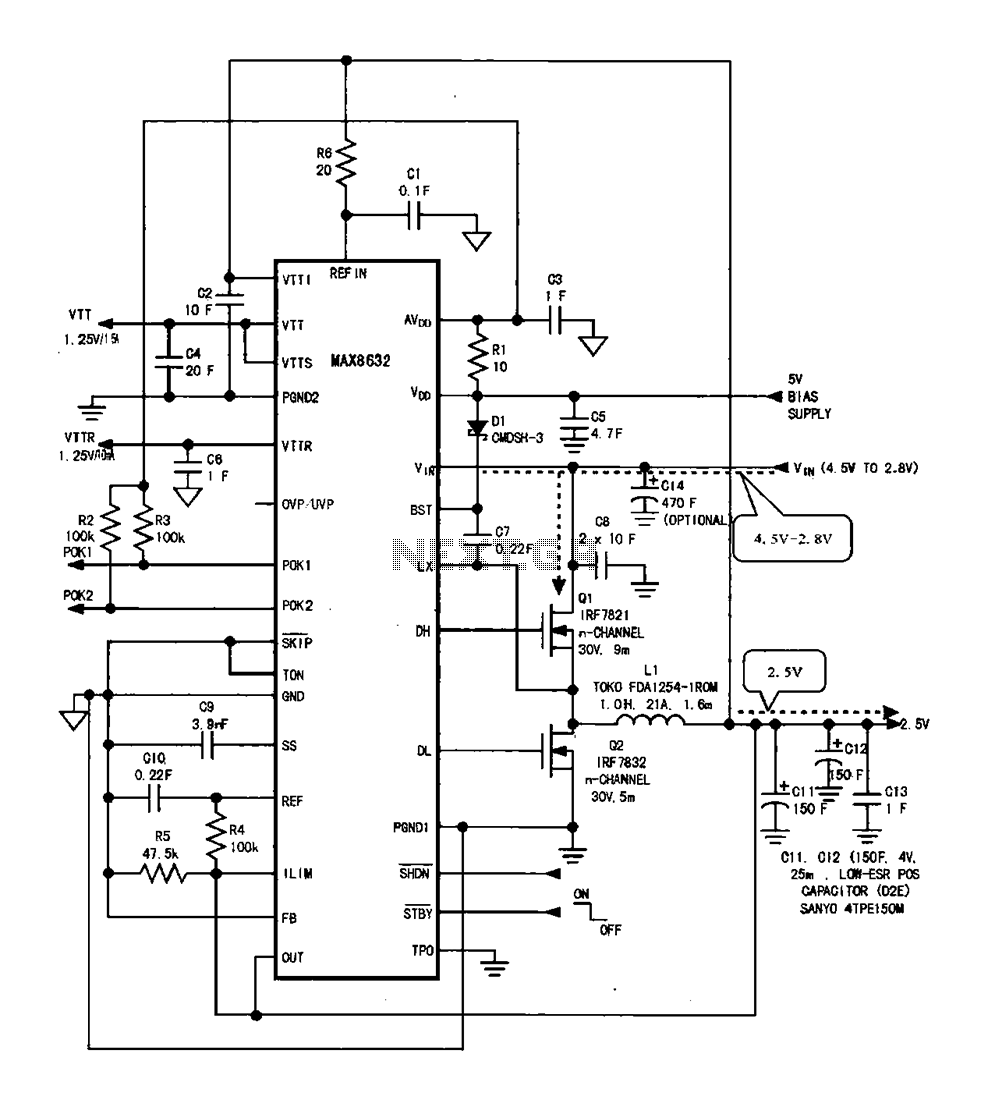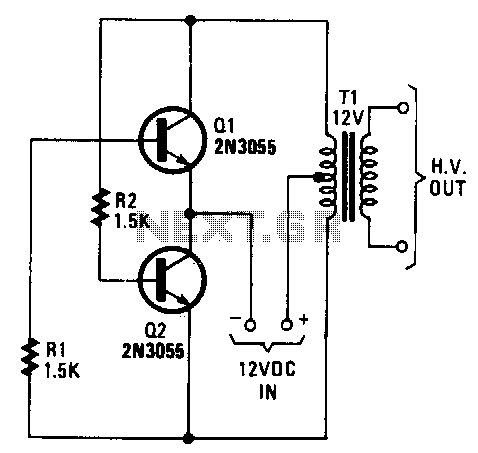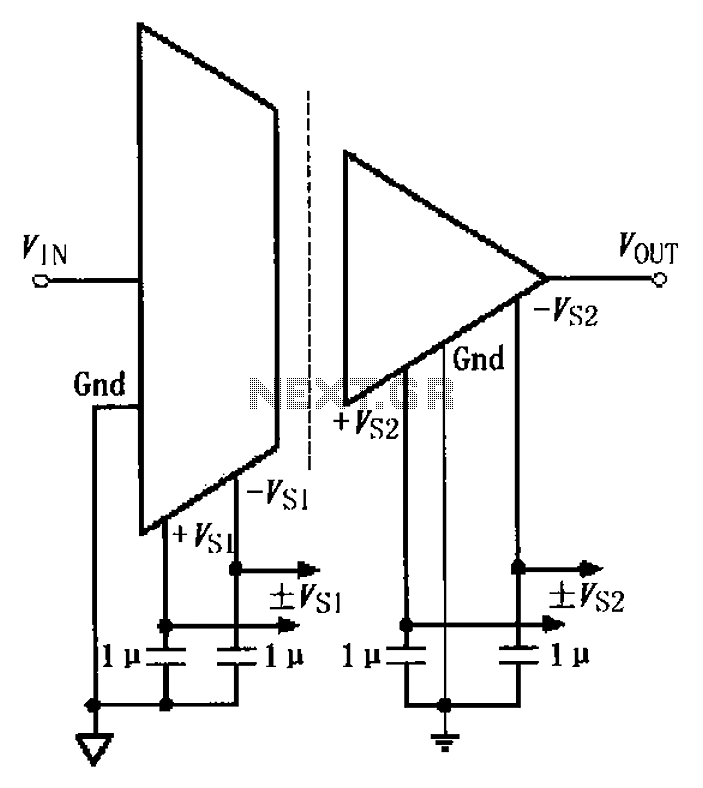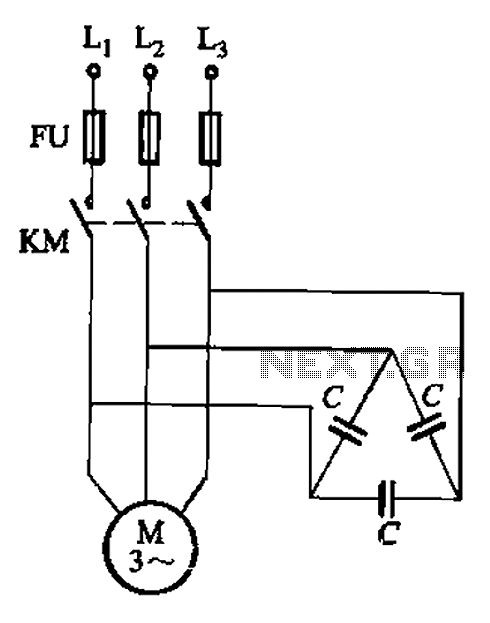
diy opto-isolated power switch
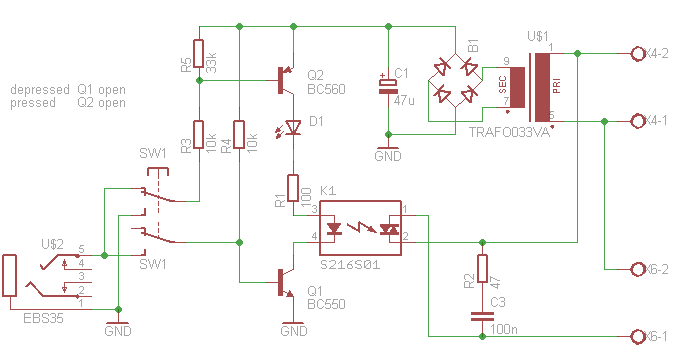
This article outlines the construction of an opto-isolated power switch designed for controlling heavy loads using logic-level signals.
An opto-isolated power switch is an essential component in many electronic systems, particularly when interfacing low-voltage control circuits with high-voltage or high-current loads. The primary purpose of this switch is to provide electrical isolation between the control circuit and the load, thereby protecting sensitive components from high voltage spikes and noise.
The circuit typically consists of an opto-isolator, a power transistor or relay, and necessary supporting components such as resistors and capacitors. The opto-isolator, also known as an optocoupler, contains an LED and a phototransistor. When a logic-level signal is applied to the LED, it emits light, which is detected by the phototransistor. This action allows the phototransistor to conduct, thus enabling current to flow through the load circuit.
For heavy loads, a power transistor (such as a MOSFET or BJT) or a relay can be used as the switching element. The choice between a transistor and a relay depends on the specific application requirements, including the load type, switching speed, and isolation needs. A relay provides complete electrical isolation and is suitable for AC loads, while a power transistor offers faster switching speeds and is ideal for DC applications.
Supporting components play a critical role in ensuring the reliability and efficiency of the circuit. A current-limiting resistor is often placed in series with the LED of the opto-isolator to prevent excessive current flow. Additionally, a pull-down resistor may be required on the output side to ensure the transistor remains off when no signal is present. Capacitors can be added for noise filtering and to stabilize the circuit operation.
When designing the circuit, careful consideration must be given to the voltage and current ratings of all components, ensuring they can handle the maximum load conditions. Proper heat dissipation methods, such as heat sinks for transistors, should also be implemented to prevent thermal failure.
Overall, the opto-isolated power switch is a vital solution for safely controlling heavy loads with low-voltage logic signals, making it widely applicable in industrial automation, home automation systems, and various electronic projects.This article describes how to build an opto-isolated power switch for controlling heavy loads with logic levels.. 🔗 External reference
An opto-isolated power switch is an essential component in many electronic systems, particularly when interfacing low-voltage control circuits with high-voltage or high-current loads. The primary purpose of this switch is to provide electrical isolation between the control circuit and the load, thereby protecting sensitive components from high voltage spikes and noise.
The circuit typically consists of an opto-isolator, a power transistor or relay, and necessary supporting components such as resistors and capacitors. The opto-isolator, also known as an optocoupler, contains an LED and a phototransistor. When a logic-level signal is applied to the LED, it emits light, which is detected by the phototransistor. This action allows the phototransistor to conduct, thus enabling current to flow through the load circuit.
For heavy loads, a power transistor (such as a MOSFET or BJT) or a relay can be used as the switching element. The choice between a transistor and a relay depends on the specific application requirements, including the load type, switching speed, and isolation needs. A relay provides complete electrical isolation and is suitable for AC loads, while a power transistor offers faster switching speeds and is ideal for DC applications.
Supporting components play a critical role in ensuring the reliability and efficiency of the circuit. A current-limiting resistor is often placed in series with the LED of the opto-isolator to prevent excessive current flow. Additionally, a pull-down resistor may be required on the output side to ensure the transistor remains off when no signal is present. Capacitors can be added for noise filtering and to stabilize the circuit operation.
When designing the circuit, careful consideration must be given to the voltage and current ratings of all components, ensuring they can handle the maximum load conditions. Proper heat dissipation methods, such as heat sinks for transistors, should also be implemented to prevent thermal failure.
Overall, the opto-isolated power switch is a vital solution for safely controlling heavy loads with low-voltage logic signals, making it widely applicable in industrial automation, home automation systems, and various electronic projects.This article describes how to build an opto-isolated power switch for controlling heavy loads with logic levels.. 🔗 External reference
